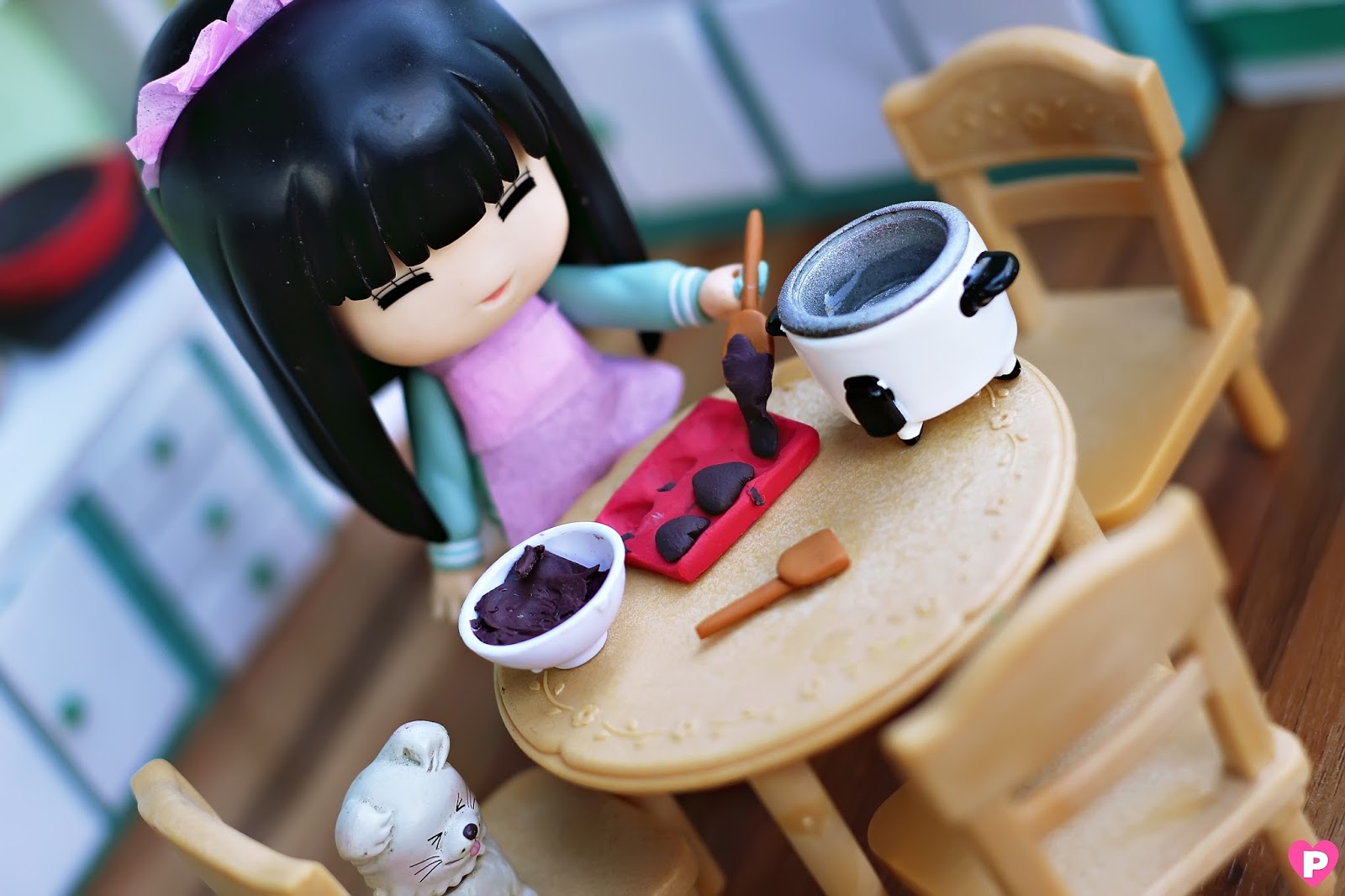

Many women give these to their male co-workers, bosses and even their fathers and brothers. Some, like giri choco (obligatory chocolates, the term for chocolates given out of obligation to others) are usually store-bought and, while quite nice, not something to get very excited over. Here, women prepare chocolates or other sweets for the object of their affection, as well as for the other important people in their lives. Valentine’s is celebrated differently in Japan than in most countries overseas.
HONMEI CHOCO PLUS
Rows and rows of gift boxes, wax paper, ribbons and the like in every shade, plus veritable mountains of chocolates, sprinkles and other ingredients to tease over eager crowds of women. 25 than the Christmas trees turn into New Year’s decorations, which then change to ogre masks faster than you can say mamemaki (bean throwing) for setsubun.īut if you regularly shop in places like Loft or Tokyu Hands, you might have noticed another display slowly taking over retail spaces: Valentine’s Day. If you have been living in Japan for a while now, you might have noticed that the shops here are really on top of the holidays. The pieces where I only filled the mold part way had rougher edges than those filled to the top so I’ll completely fill all the molds next time.The so-called "female arts" of cooking, decorating and witchcraft take center stage when Valentine’s Day rolls around. The bottoms of the chocolates turned out very smooth while the tops show where the last bit of chocolate dripped into the mold.

Once they were all filled, I put the molds in the freezer to harden.Īfter three hours, I took them out of the freezer and the chocolates popped right out of the molds. I filled some of the molds all the way to the top and left a little room in others to see what worked best. Then it was a simple process to spoon melted chocolate into the little heart-shaped molds I’d found at the grocery store. As it began to melt, I added more chocolate until I had a thoroughly melted bowl of chocolate. I stirred in between heating sessions to make sure it was uniformly melted. What worked for me was heating it for 10-15 seconds at a time with my microwave set at 700W. WARNING: Melt chocolate slowly!! It burns very, very easily! Trust me, I now know this from experience. I added about a bar and a half of chopped chocolate into a bowl and began the process of melting it in the microwave. I used Meiji Black Chocolate bars because my husband greatly prefers dark chocolate to milk chocolate. I know, it’s not chocolate made from scratch but I wanted him to actually be able to eat it and this is a start!įirst, I chopped chocolate I’d bought from the store into small pieces so they would melt more easily. I’m not very handy in the kitchen but I found a way to make chocolates that even I could do, which is to say, I bought chocolate already prepared and melted it down so I could remold it into heart-shaped chocolates. Since we’re in Japan, I decided to make my husband honmei-choco for Valentine’s Day this year. These White Day gifts are usually two or three times as expensive as the Valentine’s Day chocolates received. On March 14, there is another holiday in Japan called White Day (ホワイトデー) and on this day men are expected to reciprocate by giving gifts to the women who gave them either honmei-choco or giri-choco on Valentine’s Day. So what about the women? Don’t worry, we’re not completely left out. Homemade honmei-choco is also popular because the extra effort put into making the chocolate makes it seem the giver is that much more sincere in her feelings. Giri-choco is relatively inexpensive store-bought chocolates while honmei-choco is usually of higher-quality and more expensive. The type of chocolate given also depends on if it is honmei or giri chocolate.

This is generally a sign of friendship or gratitude. Giri-choco (義理チョコ, “obligation chocolate”) is given by women to male coworkers, bosses, and friends where there is no love interest involved. But not every gift of chocolate is an expression of love. In Japan, it is customary for women to express their feelings on Valentine’s Day by giving what is called honmei-choco (本命チョコ, “true feeling chocolate”) to their boyfriends, husbands, or potential boyfriends. But in Japan, it’s just the men who receive gifts (either store-bought or homemade chocolates) from women on Valentine’s Day. I would often get chocolates, flowers, and/or jewelry, which I think is fairly typical of the US. This means the celebration is a bit different from those celebrations in the US where my husband and I would have a nice dinner and exchange cards and gifts. It is Valentine’s Day once again and this year we are celebrating the holiday in Japan.


 0 kommentar(er)
0 kommentar(er)
